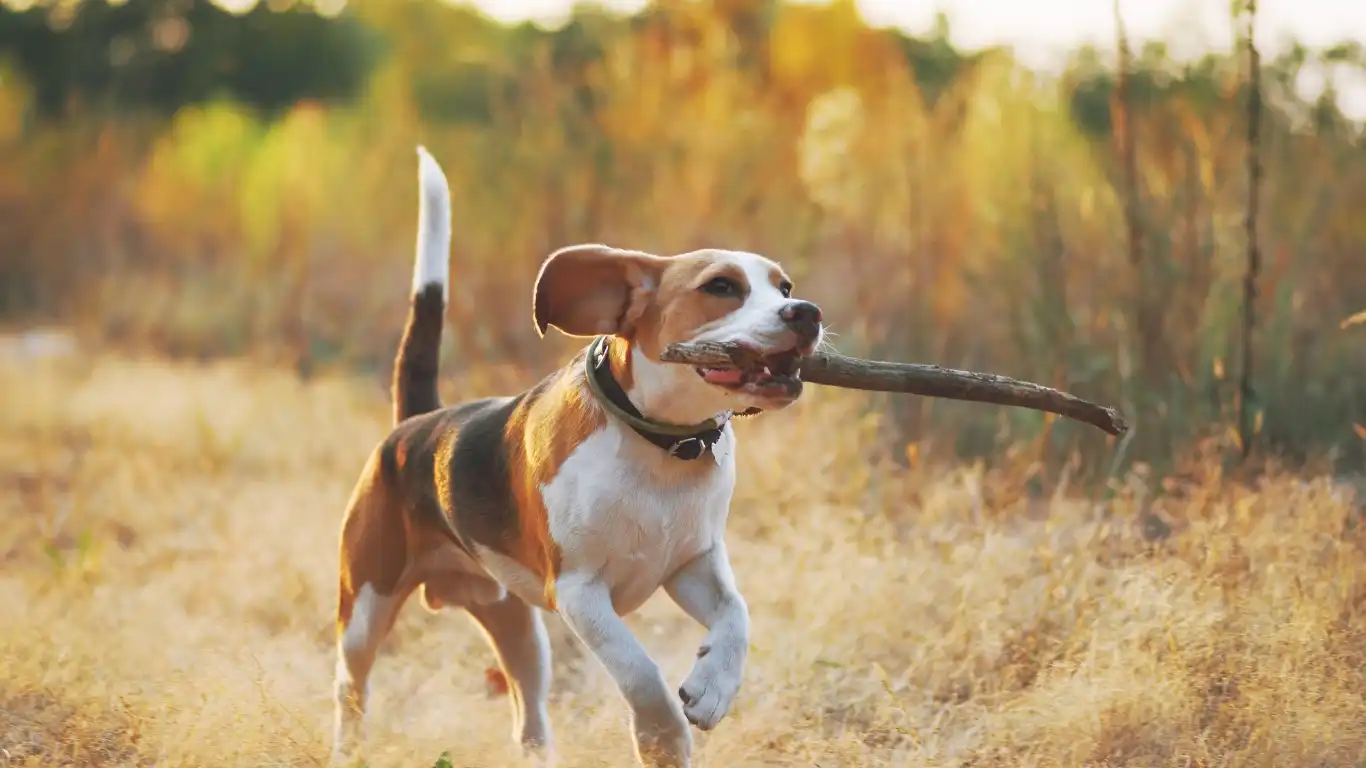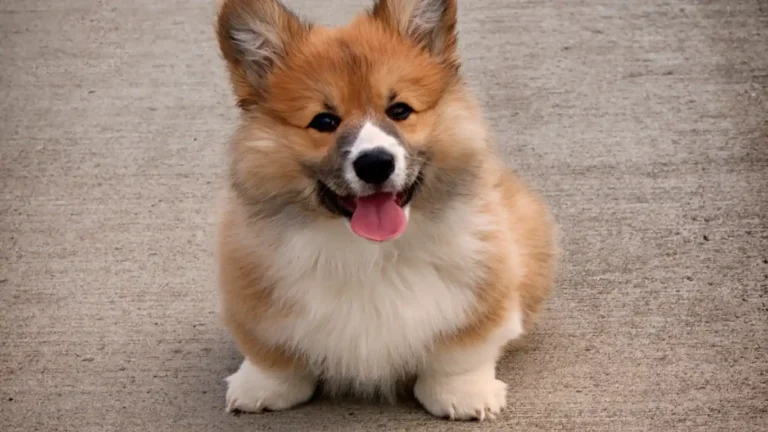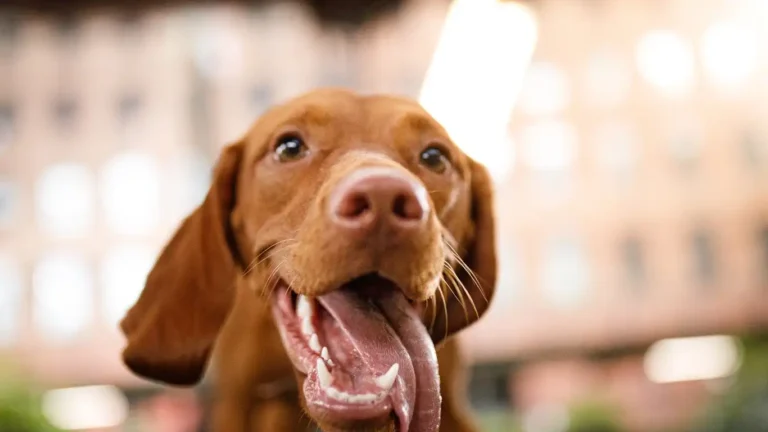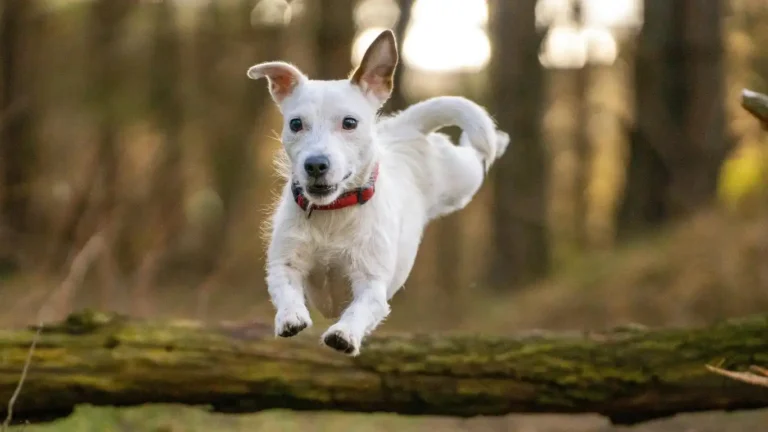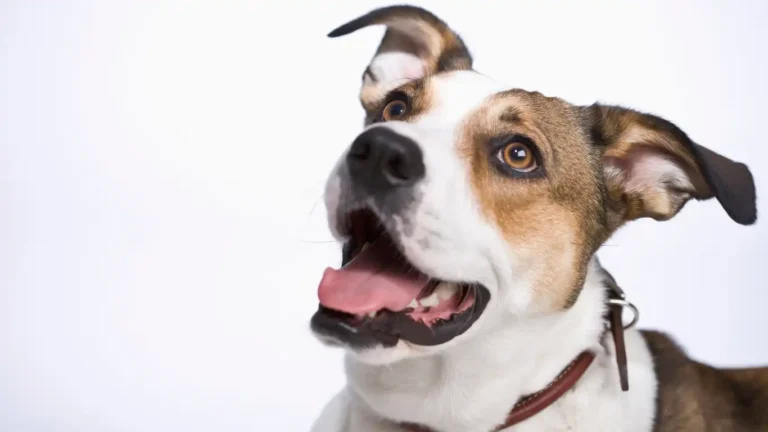Best DIY Dog-Safe Cleaning Sprays to Keep Your Home Fresh and Pet-Friendly
Let’s be real—if you’ve got a dog (or three, like me at one point!), your floors and furniture are probably bearing the brunt of some serious wear and tear. Between muddy paws, accidental tinkles, and that mysterious “what even IS that?!” spot on the couch, keeping your home clean without harming your pup can feel like a full-time job. That’s exactly why I’ve become borderline obsessed with finding and crafting the best DIY dog-safe cleaning sprays. As a Veterinary Technician with a special love for nutrition and holistic pet care, I’ve spent years digging through labels and testing out pet-safe alternatives that actually work—and don’t leave your house smelling like a vinegar factory (unless you’re into that sort of thing).
Why Go DIY? Especially for Dog-Safe Cleaners
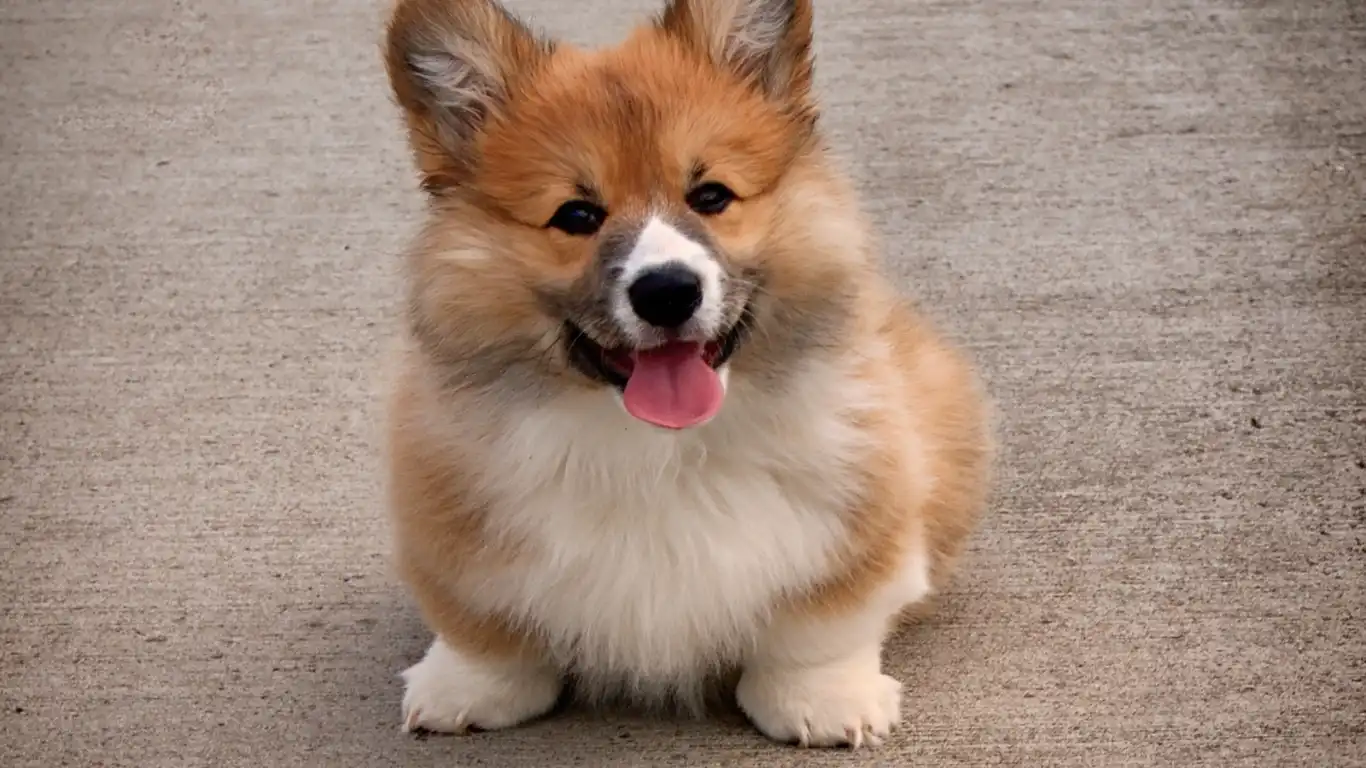
If I had a dollar for every time a pet parent told me, “But it says ‘green’ on the label!”, I’d have enough to build a dog-friendly cleaning lab in my backyard. Seriously though—most commercial cleaners are a minefield of chemicals that are NOT safe for your dog’s skin, lungs, or liver. We’re talking ammonia, bleach, phenols—stuff that sounds like it belongs in a science lab, not your living room.
Going the DIY route isn’t just about peace of mind (though that’s a big part of it). It’s about using simple, effective ingredients you actually recognize. And trust me, I’ve seen the difference in my own dogs—from fewer itchy paws to no more sneezing fits after mopping.
But First—What Makes a Cleaning Spray Dog-Safe?
This is where my vet tech brain kicks in. A truly dog-safe cleaning spray should meet a few basic criteria:
- No toxic ingredients: This means avoiding bleach, hydrogen peroxide, essential oils like tea tree, and artificial fragrances.
- pH-balanced (ish): Dogs have sensitive paws and skin. Using super acidic or basic cleaners can irritate them.
- Residue-free: If your cleaner leaves a sticky film, your dog is probably going to lick it. Ew—and ouch.
- Proven safe around pets: Either through testing (hello, vinegar and baking soda!) or vet-recommended practice.
My Favorite Go-To DIY Dog-Safe Spray Recipes

Now, onto the good stuff. Here are a few of my tried-and-true recipes for every kind of mess. These aren’t just made-up Pinterest concoctions either—these are the ones I use in my own house, and they’ve passed both the “Does it clean?” and “Will my dog be okay?” tests with flying colors.
1. All-Purpose Dog-Safe Surface Spray
This is the one I keep in a spray bottle in literally every room. It works on countertops, crate trays, walls—anywhere your dog goes (which, let’s face it, is everywhere).
- 1 cup distilled white vinegar
- 1 cup water
- 1 tablespoon baking soda (mix separately with water first or it’ll bubble like a volcano)
- Optional: a drop of unscented Castile soap
Pro Tip: Always test on a small spot if you’re using this on delicate surfaces like marble or hardwood. Vinegar and stone don’t get along well!
2. Anti-Stink Deodorizing Spray (Safe for Pet Beds and Sofas)
If your pup has claimed the couch as their personal throne, you’ll love this. It neutralizes odors without relying on fake fragrances that could mess with your dog’s sinuses or skin.
- 1 ½ cups water
- ½ cup witch hazel (alcohol-free)
- 1 tablespoon baking soda
- Optional: 1–2 drops of lavender hydrosol (not essential oil!)
Why it works: Witch hazel is gentle but effective, and baking soda is a natural odor buster. I’ve used this on everything from dog beds to yoga mats and even curtains after a soggy walk in the rain.
3. Spot Cleaner for “Oops” Moments
As a vet tech, I’ve seen my share of puppy accidents—and I’ve cleaned way too many myself. For urine spots, time is of the essence. Here’s what I reach for:
- 1 cup water
- ½ cup white vinegar
- ½ tablespoon unscented liquid soap (Castile or baby soap)
- ¼ cup hydrogen peroxide (only on light-colored carpets—test first!)
Important: Avoid using this on dark carpets or rugs unless you’ve patch-tested it first. Hydrogen peroxide can bleach.
Why Your Dog Will Thank You
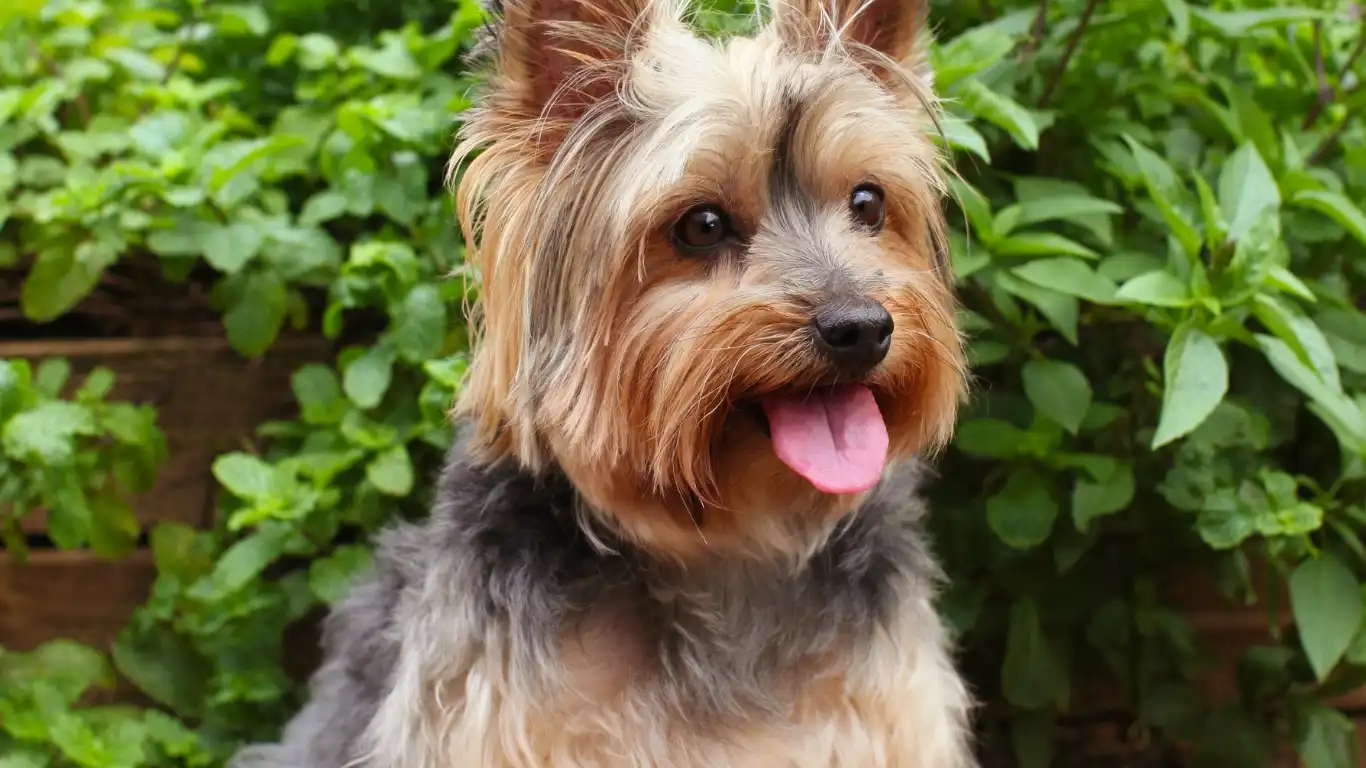
Using the best DIY dog-safe cleaning sprays isn’t just about being extra cautious—it’s about actively improving your pet’s health and quality of life. I’ve worked with countless clients who saw massive changes in their dog’s behavior and health just by switching to safer cleaning products. Less scratching, fewer eye boogers, even more energy.
And you know what else? It feels good knowing that your dog can roll around, sniff, and explore without you having to worry about toxic exposure. Whether you’re a new pup parent or a seasoned dog-lover like me, these small swaps can make a huge difference.
How to Store Your DIY Dog-Safe Sprays (Without Them Going Funky)

Okay, now that you’ve got your magical mix of pet-safe sprays, let’s talk about how to store them the right way. I’ve learned the hard way that tossing a vinegar-and-baking-soda combo under the sink for a month isn’t a great idea (hello, fizz explosion). Not all ingredients age well, and some lose potency faster than you’d expect.
Here’s what I recommend based on both personal experience and general safe chemistry:
- Use glass spray bottles—especially if you’re using anything mildly acidic like vinegar. Plastic can degrade over time.
- Label each bottle with its contents and the date you made it. It sounds like overkill until you’ve got five mystery bottles in your cleaning caddy.
- Keep them in a cool, dark place like a pantry or cabinet. Avoid storing them in direct sunlight or near heat sources.
- Don’t store for longer than a month—particularly those with natural ingredients like hydrosols or baking soda. Fresh is best.
I personally keep a mini whiteboard near my cleaning supplies with my “batch dates”—super simple but way more helpful than sticky notes falling off every bottle!
Common Mistakes Pet Parents Make with Homemade Sprays

Even the most well-meaning dog parents can trip up when diving into DIY cleaning. Trust me, I’ve done them all. So, here’s a quick heads-up on a few things to avoid when crafting the best DIY dog-safe cleaning sprays for your home:
1. Using Essential Oils Without Proper Research
This one’s huge. Just because something is “natural” doesn’t mean it’s safe for dogs. I’ve seen patients come into the clinic with irritated paws or worse because of sprays made with tea tree, eucalyptus, or citrus oils. Even a small amount can be toxic to dogs—especially when applied directly to surfaces they walk on.
If you’re absolutely set on adding fragrance, opt for hydrosols or herb-infused waters like chamomile or lavender. But again, use sparingly and always test first.
2. Mixing Ingredients That Shouldn’t Be Combined
Baking soda and vinegar? Great—just not at the same time in a sealed bottle. Peroxide and vinegar? Definitely not safe. I know TikTok loves showing wild fizzing reactions, but let’s leave chemistry experiments to the science fair. If you’re unsure, look it up—or ask your friendly neighborhood vet tech .
3. Overusing Vinegar on the Wrong Surfaces
I’m team vinegar all day long, but it does NOT play well with natural stone like granite or marble. I once had a client use it on her marble entryway tiles, and let’s just say… etching isn’t just for arts and crafts.
4. Forgetting to Rinse or Wipe
Even safe sprays can leave a residue if not wiped up properly, and your dog will be the first to investigate with their nose or tongue. Always go over cleaned areas with a damp cloth or dry towel—especially if it’s a high-traffic dog zone like their bed or feeding area.
Best Surfaces and Scenarios for DIY Dog-Safe Sprays
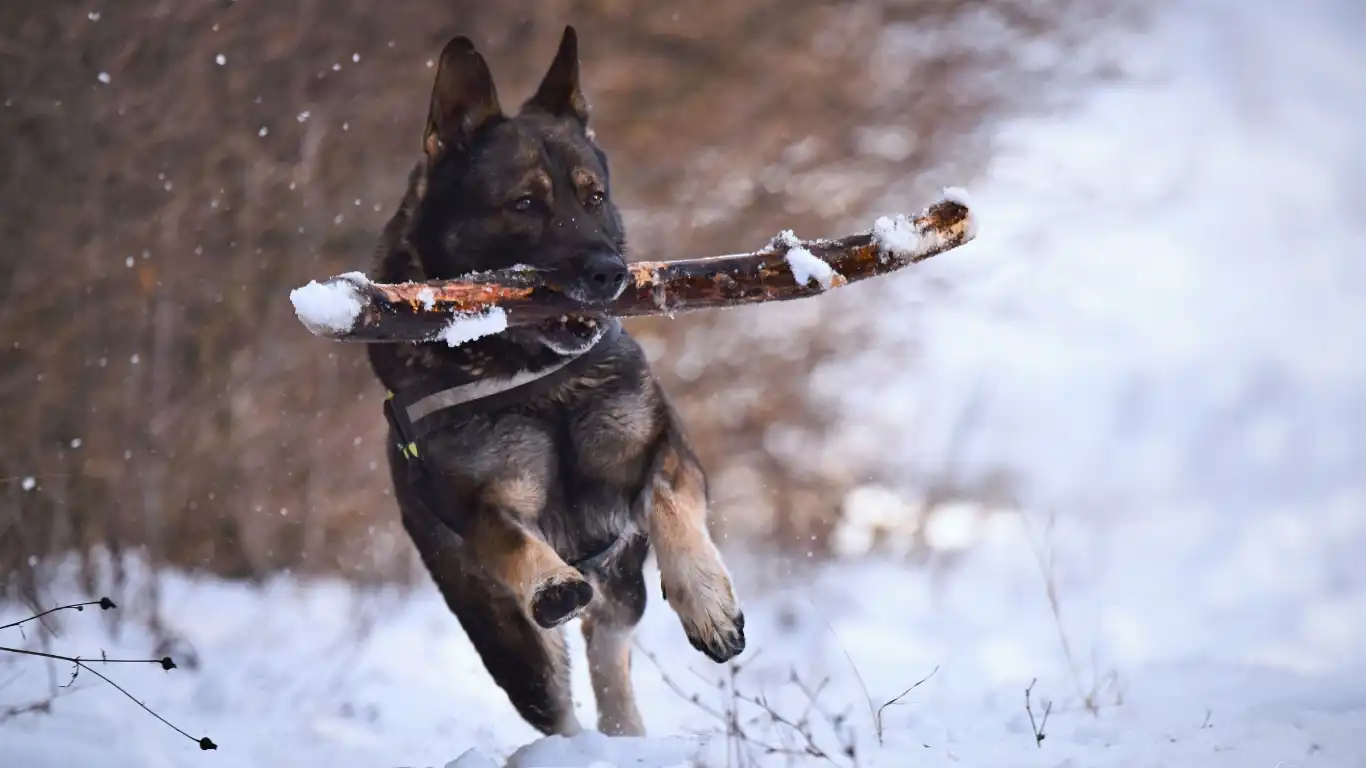
Now, where should you actually be using these sprays? Practically everywhere, but here’s how I use them in different rooms:
In the Kitchen
- Countertops (vinegar-based spray, wiped clean)
- Dog bowl areas—great for neutralizing slobber zones
- Trash can lids or the floors around the garbage where curious noses like to wander
Living Room
- Fabric-safe deodorizing spray on dog beds, couches, and carpets
- Spot cleaner for unexpected “surprises” (because someone always eats something they shouldn’t)
Bathroom
- Crate trays or potty training pads (use the all-purpose spray here)
- Tile floors—perfect for post-bath shake-down cleanup
Outdoor Gear
- Dog booties, leashes, and collars (especially after muddy hikes)
- Plastic or rubber toys—these can get nasty, and a simple vinegar rinse followed by a thorough water rinse does wonders
One of my favorite hacks? Keep a small spray bottle of diluted vinegar and water in your car if you travel with your dog often. It’s perfect for cleaning up muddy paw prints from the back seat or wiping down their crate after a park run.
What I Use for Heavy-Duty Messes (Still Dog-Safe!)
Sometimes, DIY just doesn’t cut it. Whether it’s a puke situation at 3 AM or the dreaded diarrhea aftermath (we’ve all been there), you need something a little stronger—but still safe for your pup.
My secret weapon? A combo of enzyme-based cleaners (there are a few on the market that are truly pet-safe—always check labels) paired with a quick rinse from a homemade vinegar-water mix. The enzymes break down the organic matter, and the spray ensures no chemical residue sticks around.
One product I often recommend to clients as a “booster” is a natural, unscented enzymatic cleaner called Rocco & Roxie Stain & Odor Eliminator. It’s vet-trusted, works with DIY cleaning routines, and isn’t loaded with unnecessary junk.
Remember, even if you start with store-bought enzyme sprays, you can always finish with a DIY rinse to control exactly what’s left behind on your floors and fabrics.
How to Keep Your Dog Safe from Chemical Cleaners While Still Keeping Your Home Clean
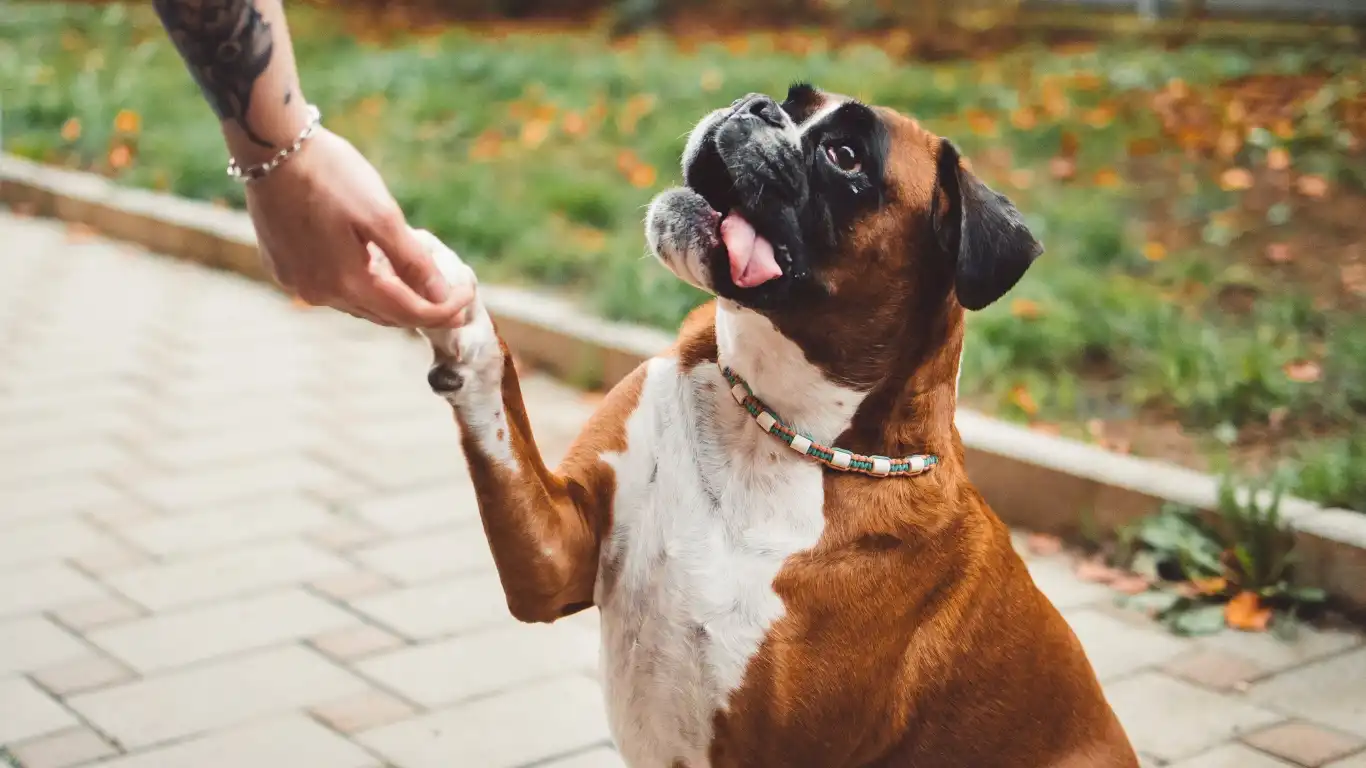
One of the biggest questions I get from pet parents is, “How do I balance keeping my home clean with keeping my dog safe?” And honestly, it’s not always an easy task. But over the years, I’ve learned a few ways to make it easier on both my dog and me.
As a Veterinary Technician, I’ve witnessed firsthand how harmful regular household cleaners can be to our furry friends. Dogs are naturally curious, so they sniff, lick, and sometimes even roll on the floor, inadvertently ingesting or absorbing chemicals that may be lurking. The good news is that with a little planning, you can create a cleaning routine that’s safe for everyone in your home.
Opt for Natural, Non-Toxic Ingredients
By using safe DIY cleaning sprays, you’re already on the right path. But let’s take it a step further. Did you know that some household items you likely already have in your pantry can replace even the most well-known commercial cleaners?
- Baking Soda: Known for its ability to neutralize odors, it also helps with cleaning surfaces and tackling stubborn stains.
- White Vinegar: It’s a great disinfectant and degreaser, and it’s safe around pets when diluted properly.
- Castile Soap: This mild soap is an excellent choice for cleaning floors, countertops, and even your dog’s toys!
- Lemon Juice: A natural antibacterial, but make sure to use it sparingly as it can be harsh on some surfaces.
Using these items gives you control over what’s in your home and helps avoid exposing your pet to potentially harmful chemicals.
Keeping Your Dog Safe in the Future: A Few More Tips
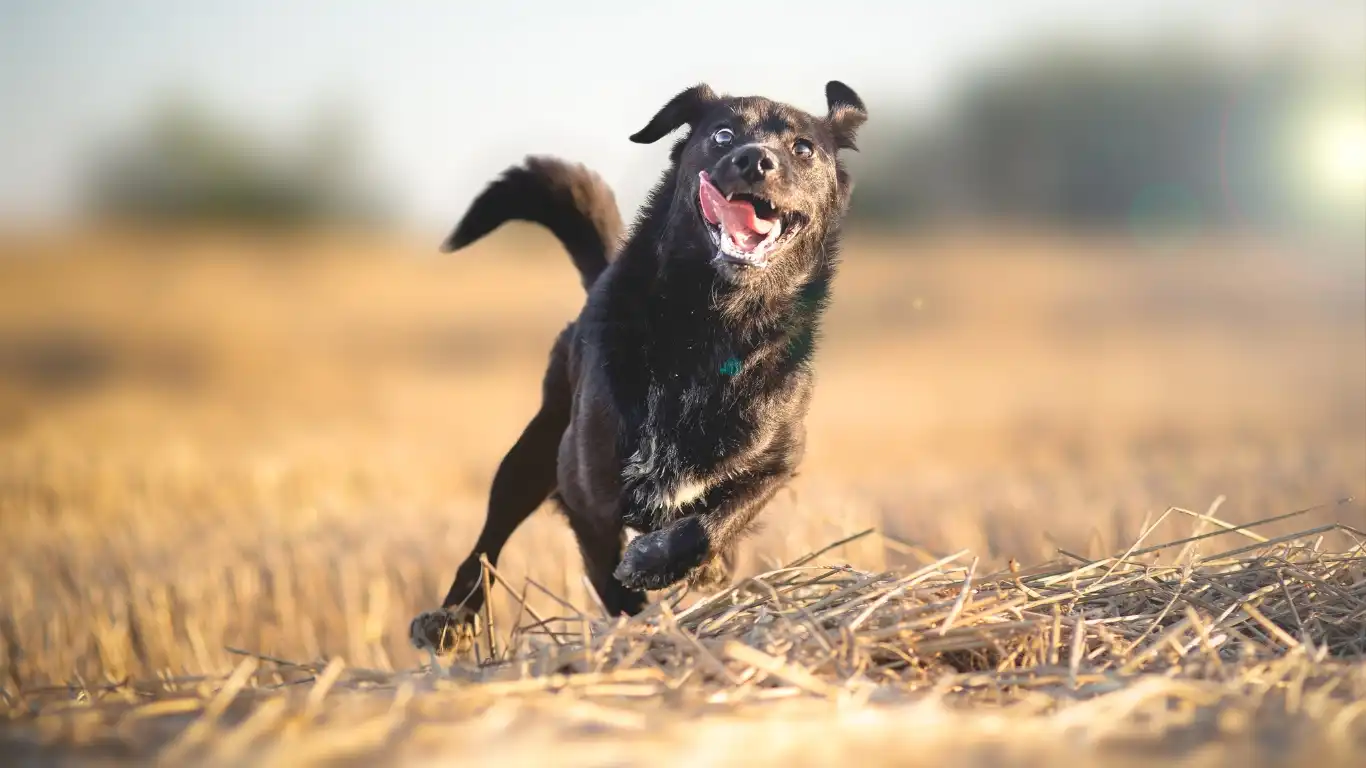
At this point, you’ve got your cleaning routine set up, and you’re feeling good about it. But what about the future? There are a few ongoing habits you can adopt to ensure that your cleaning products stay safe and effective for your pets.
1. Teach Your Dog the “Out” Command
Here’s a quick tip from me that has saved my clients (and my own dogs) plenty of headaches: teaching your dog the “out” command. This simple command can be used to tell your dog to leave a space immediately. Whether it’s a freshly cleaned floor or an area you’re sanitizing, this can help prevent your dog from coming into contact with any wet spots or lingering cleaning residue. It’s one of those easy-to-learn tricks that can make a huge difference.
2. Use Pet-Safe Furniture Covers and Rugs
If you’re like me and have dogs that love to curl up on the couch or run across your rugs, invest in some pet-safe covers or slipcovers that you can easily wash. Not only will this protect your furniture, but it’ll also make it easier to clean up pet messes without worrying about your regular cleaning routine.
3. Regularly Wash Dog Beds and Toys
Let’s face it—dog beds, toys, and collars get dirty, and those little areas are prime breeding grounds for bacteria. But instead of using harsh chemicals, stick to your DIY cleaning sprays. Regularly washing these items with a dog-safe cleaner will not only keep them fresh but also prevent any build-up of germs that could affect your dog’s health.
4. Invest in a Good Vacuum
If you haven’t already, invest in a vacuum that’s specifically designed for pet hair. I can’t stress this enough. Regular vacuuming (I know, not always fun!) is crucial for keeping your home free of fur, dander, and dirt. The less residue and allergens, the better for both your dog and you.
References and Resources
For more information on safe pet care and how to reduce your dog’s exposure to harmful chemicals, check out the following trusted resources:
- PetMD – A great source for pet health and safety tips.
- American Kennel Club (AKC) – For everything dog-related, from training to health advice.
- National Institutes of Health (NIH) – For reliable health info on pets and humans alike.
- Health.com – Offering advice on household cleaning safety and wellness tips.
Disclaimer
The information in this article is for informational purposes only. As a Veterinary Technician with a focus on pet nutrition and holistic care, I strive to provide the best advice for your dog’s well-being. However, please remember that every pet is different. Always consult your veterinarian before making changes to your dog’s cleaning routine, especially if they have known allergies or sensitivities. I am not responsible for any adverse effects or accidents resulting from the use of DIY cleaning sprays. Use at your own discretion, and always patch-test new recipes before use.
